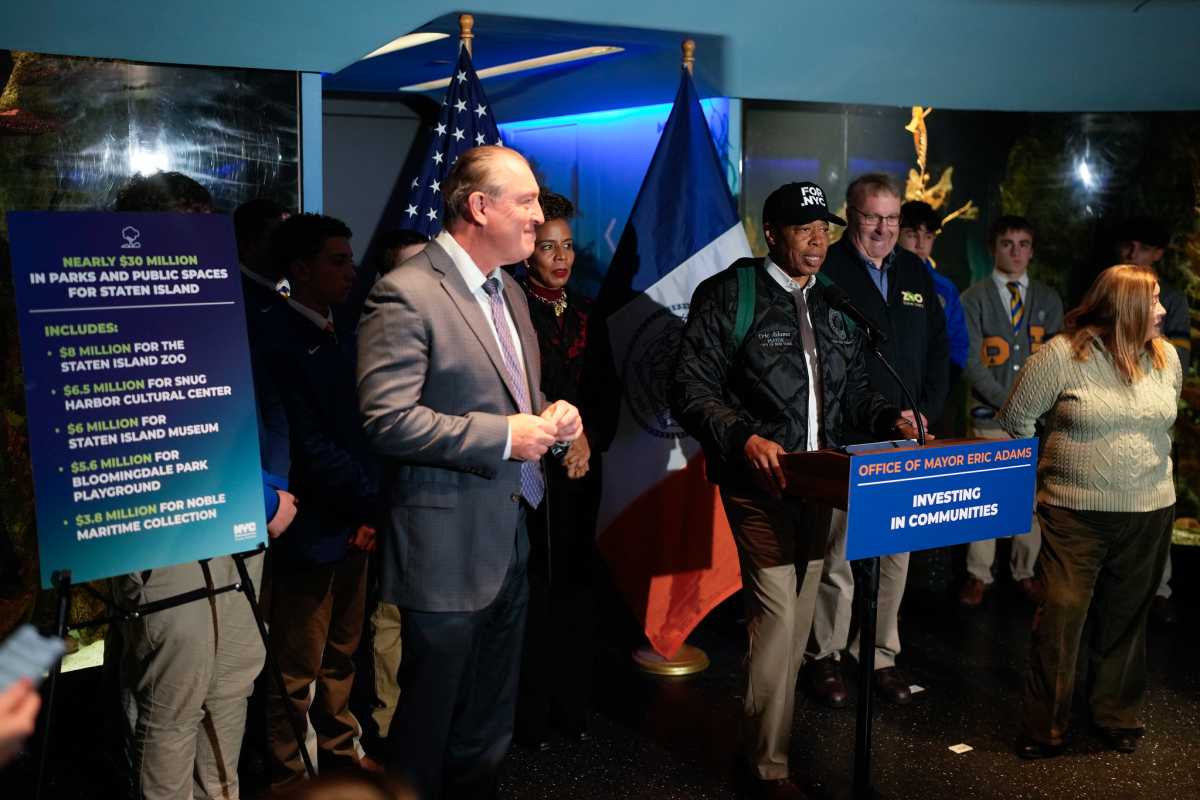BY ANDREW BAUMANN
Since I can remember, the state’s Department of Education has always talked about “LRE,” or Least Restrictive Environment. The days of special education students being secluded into one building are just about gone. With more and more opportunities for each child to reach his fullest potential, doesn’t it make sense that we should offer these students every possible support, service, and yes, classrooms to make this a reality?
However, inclusion must be done correctly. What I mean is that in order for an inclusion program to work, we must look at all the students in the classroom, not just the special ones. Special education students come in a wide variety of shapes, sizes, and even the severity of their disability. We cannot treat a child in a wheelchair the same as a child with an Autism diagnosis.
The first thing we have to do correctly is evaluate. Every child that needs a specialized service must get that service to succeed. Every child who needs some extra help while taking a test must be given more time. Conversely, every typical child in that same classroom will need a little more attention. This must be accounted for as well. To make inclusion work, every student in the class must feel that they are “a part” of the classroom. This can be a very challenging thing to make happen.
Over the years, I have seen a wide variety of different inclusion models. Some failed miserably, but some had some wonderful outcomes. Take Antonio for example. Inclusion in one school failed miserably and simply moving him into another school building with experience in the “inclusion” program yielded unbelievable success.
I think that the most beneficial thing about inclusion can be a “peer” modeling program. This is when a typical child is “buddied up” with a student with special needs. In one school district, we introduced this model and saw marvelous results. We paired 6th graders with 3rd graders; 9th graders with 5th graders; and high school students with middle school students. At first we had a lot of resistance from the parents, but once we met with them, explained the program and the benefits to each child, the parents were so supportive that within a year we had a waiting list for peer mentors.
All in all, the inclusion model of education should be every special child’s right. Based on a thorough evaluation and appropriate placement and services, every child can succeed. In this day and age and what we know on how children with developmental disabilities can learn, as long as we do it right, include all parties in the planning process, develop good Individualized Education Plans and provide well-trained teachers to guide our children, inclusion is a very good model to use in educating children with disabilities.
One parent told me that her child was not welcomed in her local school. He was sent over 10 miles away to a school that was appropriate. How does he make friends? What birthday parties will he be invited to? How about just an opportunity for a play date? Not likely. But what if he got that same program in his local school?
Andrew Baumann, Ma, CASAC, FAPA, is president and CEO N.Y. Families for Autistic Children Andrew@nyfac.org




































